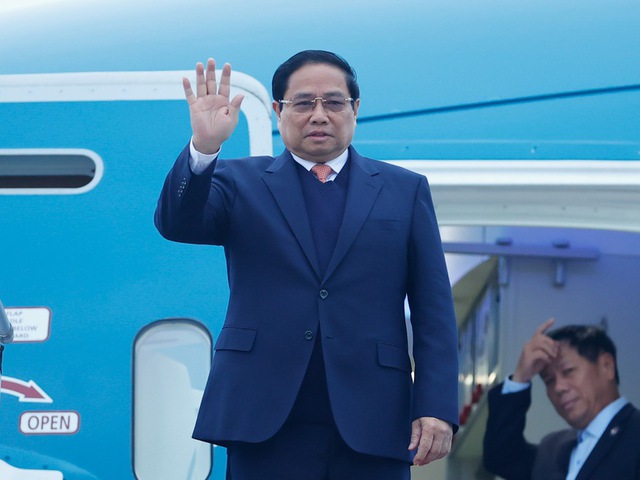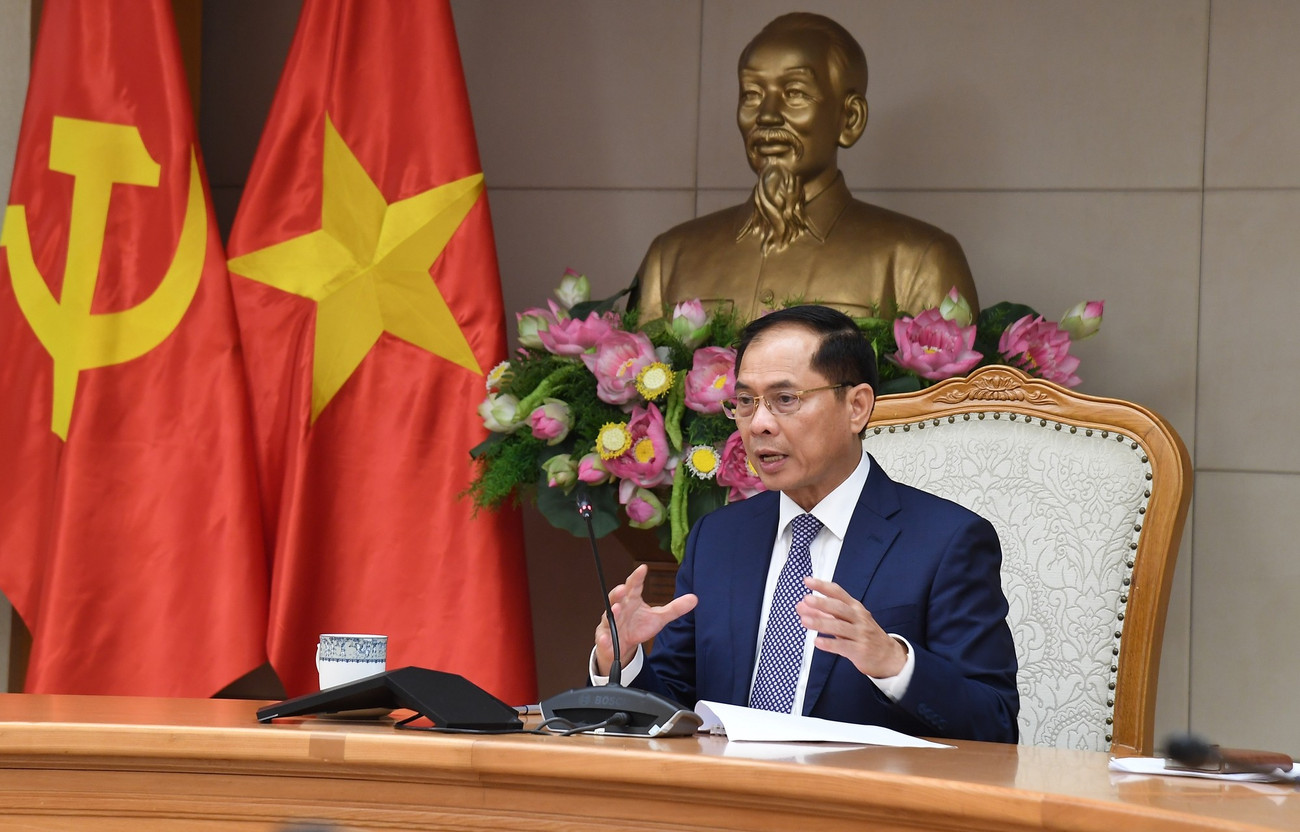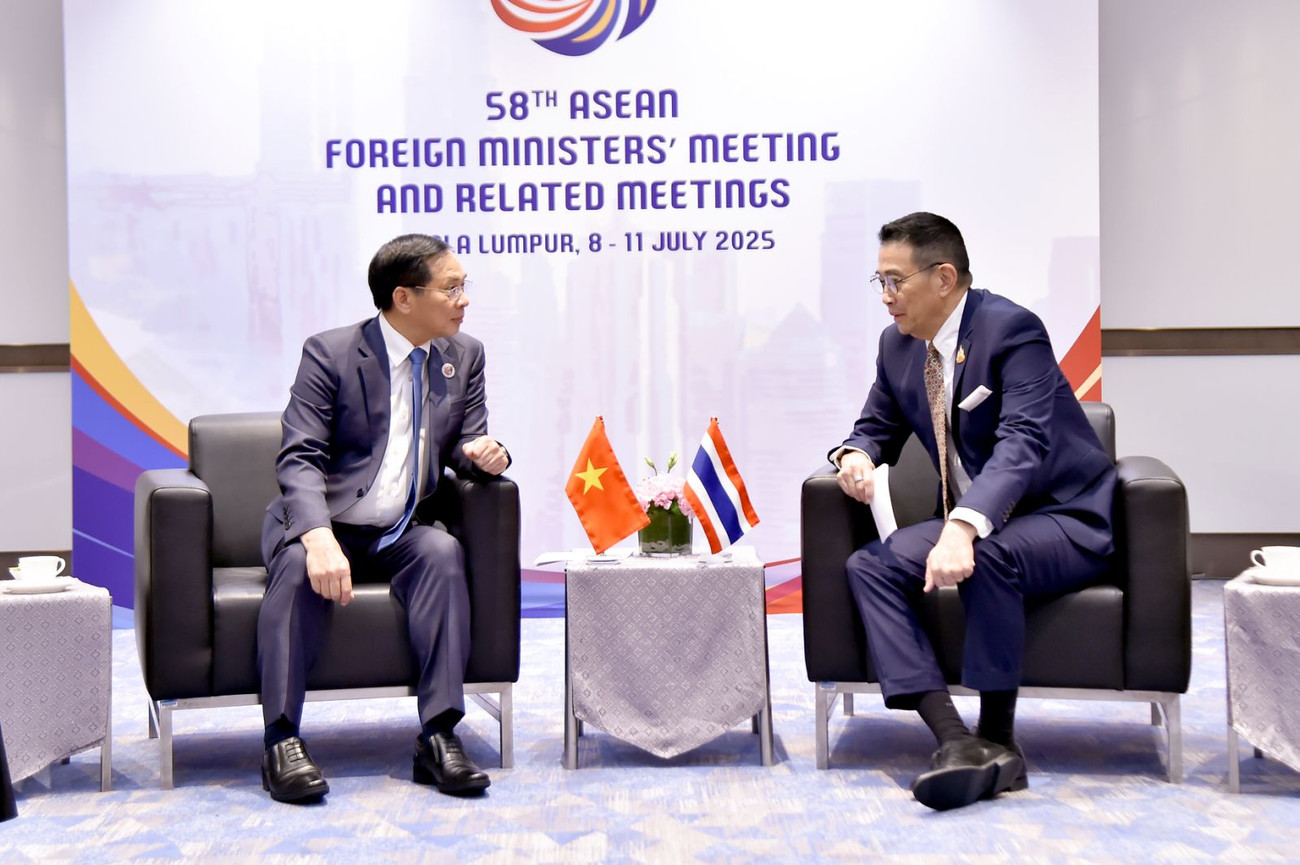MOIT VIETNAM | Forging a Modern Economic Corridor: Vietnam and Laos Deepen Trade and Investment for Long-Term Sustainability
/ News / Activities
Forging a Modern Economic Corridor: Vietnam and Laos Deepen Trade and Investment for Long-Term Sustainability
As Vietnam and Laos continue to build upon their historic friendship, recent developments in trade and investment underscore a shared ambition: to transform their economic relationship into a robust, modern, and sustainable partnership. With cross-border trade accelerating at an unprecedented rate and a series of new cooperation agreements taking effect in early 2025, both nations are pushing toward a new chapter in bilateral relations—one rooted in mutual benefit, regional integration, and long-term prosperity.
Record Growth Signals a Promising Start to 2025
In the first quarter of 2025 alone, Vietnam–Laos trade reached an impressive USD 980.1 million, representing a 105.5% increase compared to the same period in 2024. Vietnam’s exports to Laos surged by 138.6% to USD 346.4 million, while imports from Laos rose by 91.1% to USD 633.6 million. Early estimates suggest this growth momentum will continue, with total trade volume for the first four months of 2025 projected at USD 1.3 billion—a year-on-year increase of 112.6%.
This remarkable expansion reflects not just quantitative progress, but also a qualitative shift in trade structure. Vietnam’s exports to Laos are increasingly dominated by industrial goods, machinery, construction materials, and chemical products. Meanwhile, Laos supplies Vietnam with essential raw materials including rubber, timber, minerals, coal, maize, and fertiliser—resources critical for supporting Vietnam’s manufacturing and agricultural sectors.
Vietnam currently maintains a trade deficit with Laos, estimated at USD 386 million—up 55.3% from the same period in 2024—highlighting the scale and importance of imports to the Vietnamese economy.
State Visit Strengthens Political Will for Economic Integration
The momentum of trade cooperation has been further amplified by the state visit of Vietnamese President Lương Cường to Laos, signaling the strong political will from both nations to advance their partnership. The visit comes at a time of growing alignment in development goals, as Vietnam and Laos seek to foster more practical, inclusive, and sustainable cooperation, particularly in economic and trade sectors.
Both sides view the border region as a key engine of growth. Stretching over 2,300 kilometers and connecting 10 provinces in each country, the Vietnam–Laos frontier lies along the East–West Economic Corridor, offering substantial opportunities for regional logistics, commerce, and industrial development. The border is supported by an extensive network of nine international border gates, six main gates, 18 auxiliary checkpoints, and 27 designated crossings, along with nine border gate economic zones that are beginning to attract new investment.
Legal and Institutional Frameworks Reinforce Commitments
Institutional cooperation between the two countries has advanced steadily. On April 8, 2024, Vietnam and Laos signed a new bilateral trade agreement, which officially came into effect on February 24, 2025, succeeding the earlier Vietnam–Laos Border Trade Agreement signed in 2015. In parallel, on January 9, 2025, both governments signed a new coal and electricity trade agreement, which took effect immediately and forms a core part of the energy cooperation strategy.
The 47th Meeting of the Vietnam–Laos Inter-Governmental Committee held in January 2025 yielded four significant cooperation documents: the meeting’s official minutes, a bilateral cooperation plan for 2025, a coal and electricity trade agreement, and a collaboration plan between the ministries of education. During the meeting, 13 investment licences were also awarded, valued at a total of USD 1.8 billion, affirming continued interest from the business community.
Moreover, both countries have now finalized a framework for local currency payments, while establishing bilateral retail payment connectivity—key tools to reduce transaction costs, facilitate trade, and encourage investment across border areas.
Investment Projects Support Socio-Economic Development
Vietnamese enterprises remain committed investors in Laos. To date, Vietnamese businesses have implemented 267 investment projects in Laos with a combined registered capital of approximately USD 5.7 billion, of which about USD 2.8 billion has already been disbursed. Many of these projects span vital sectors such as energy, agriculture, mining, and infrastructure, and have played an important role in supporting Laos’s socio-economic development and improving livelihoods in remote regions.
Vietnamese Ambassador to Laos Nguyễn Minh Tâm has stressed that deeper economic cooperation should extend beyond traditional sectors to include telecommunications, digital transformation, clean and renewable energy, tourism, and high-tech agriculture. He encouraged Vietnamese enterprises to seize emerging opportunities in sustainable development and climate resilience, while aligning their investment strategies with Laos’s evolving economic priorities.
Enhancing Trade Logistics and Border Infrastructure
Despite notable progress, significant infrastructure bottlenecks remain, particularly in underdeveloped border regions. Many roads linking economic zones, border checkpoints, and rural districts are still incomplete or outdated, hindering the smooth movement of goods and limiting commercial growth.
To address this, Vietnamese Minister of Industry and Trade Nguyễn Hồng Diên has called for accelerated investment in road construction, warehouses, border gate upgrades, and coal transport infrastructure. He also suggested the development of border economic zones and industrial clusters, along with petroleum storage facilities on the Lao side, to be funded through Vietnamese development assistance.
At the same time, the Minister urged Vietnamese corporations to conclude long-term coal import contracts with Lao suppliers, using an agreed-upon global price benchmark to ensure price transparency and reliability in future negotiations.
Promoting Local Trade Connectivity and Business Engagement
Trade promotion efforts continue to gain traction through annual events such as the Vietnam–Laos Trade Expo, typically held in the third quarter. This national-scale event offers free exhibition booths for businesses and serves as a hub for networking, business matchmaking, and public-private partnerships. The Trade Office of Vietnam in Laos is actively coordinating with the Trade Promotion Agency under the Ministry of Industry and Trade to strengthen provincial-level connections and build sustainable local supply chains.
In addition to showcasing export capabilities, the expo also facilitates dialogue between businesses and government agencies, helping to resolve regulatory barriers and align expectations on both sides.
Unlocking Future Potential Through Strategic Alignment
While bilateral trade has made significant strides, both governments recognize that it still falls short of its full potential. The current goal is to elevate two-way trade to USD 5 billion, with an average annual growth rate of 12%. Reaching this target will require concerted efforts in several areas, including policy reform, infrastructure investment, human resource training, technological innovation, and financial connectivity.
Vietnam and Laos are now well-positioned to transition from traditional trading partners to strategic economic collaborators. The integration of cross-border value chains, along with enhanced digital platforms for trade and investment, will be key to fostering sustainable development and long-term regional stability.
As the two nations move forward, their shared commitment to economic integration—grounded in mutual respect and historical friendship—will continue to serve as a powerful engine for growth, resilience, and prosperity in Southeast Asia.
-
/ News / Activities
Prime Minister Pham Minh Chinh’s Strategic Visit to Laos Marks New Chapter in Bilateral Relations
Prime Minister Pham Minh Chinh’s official visit to the Lao People’s Democratic Republic and his co-chairmanship of the 47th meeting of the Vietnam–...
-
/ News
Deepening Cooperation, Strengthening Regional Unity
On the afternoon of July 28, 2025, at the Government Headquarters in Hanoi, Deputy Prime Minister and Minister of Foreign Affairs of Vietnam, Mr. B...
-
/ News / Activities
Vietnam and Laos Accelerate Toward Deeper Regional Integration and Unprecedented Trade Growth
In an era where regional connectivity and economic resilience are critical pillars for national development, Vietnam and Laos are emerging as a mod...





